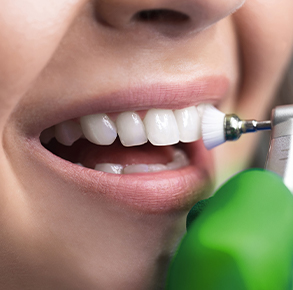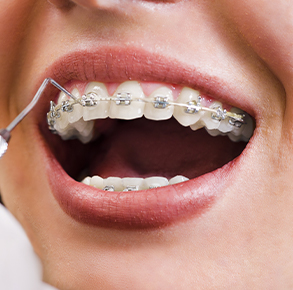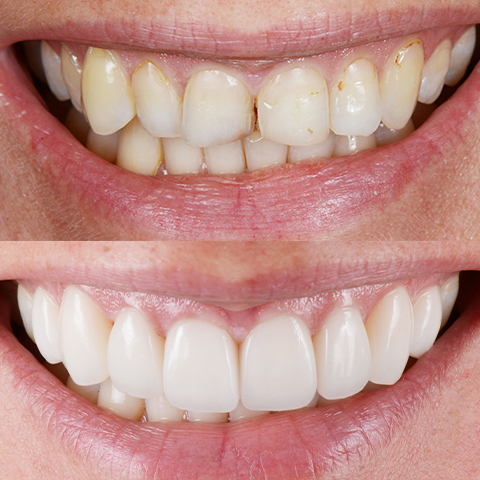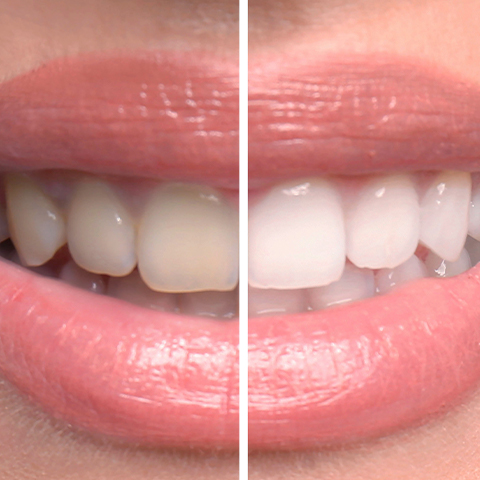Safe & Effective Tooth Extractions
We always aim to save your teeth whenever possible, but an extraction may be necessary in cases of infection, crowding, or severe decay. Tooth extractions can range from general extractions to wisdom teeth removal, and we walk you through it all.
We’ll do everything we can to help ensure you’re comfortable and informed during and after the procedure. We also offer sedation options in the form of a local or general anesthetic if needed.
Contact us to schedule your appointment today!
Book AppointmentOur Approach to Tooth Extractions
We aim to make your tooth extraction as non-invasive and simple as possible. That means walking you through what to expect and why you may need a tooth extraction. You’ll also have an opportunity to communicate and questions or concerns you may have about the process to our doctors.
Our approach always begins with educating you on why an extraction is crucial to preserve your oral and overall health and what to expect during the process and aftercare.
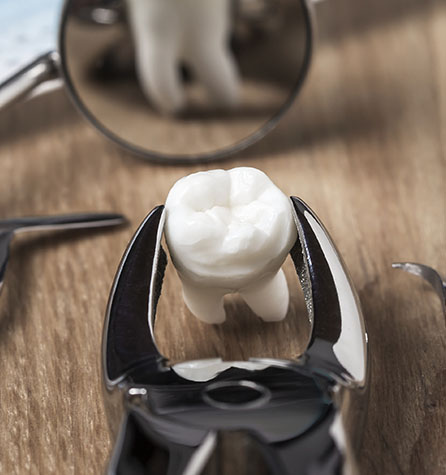

A Deep Dive on Tooth Extractions
Tooth extractions are a last resort when it comes to your dental health. If other treatments aren’t an option, we will begin preparing you for tooth extractions for the following situations:
- Damage caused by tooth decay or trauma
- Wisdom tooth extraction
- Infection of the pulp of the tooth
- Severe periodontal (gum) disease
Does a Tooth Extraction Hurt?
Whether you’re having your wisdom teeth removed or a general extraction, we offer a local or general anesthetic to ease anxiety before the tooth removal. With local anesthesia, you’ll feel some pressure during the extraction, but the area will be numbed, and you’ll remain fully conscious.
If several or all of your wisdom teeth need to be removed, we may opt for a general anesthetic instead. General anesthesia makes you completely unconscious during the procedure and is often used for more major procedures.
The Tooth Extraction Process
The extraction process kicks off with numbing the target area to avoid discomfort. You may feel pressure during the procedure, but our doctors will help ensure you’re comfortable.
We use a tool to loosen and remove your tooth for simple extractions. This process can take a few minutes but will depend on your tooth.
A surgical extraction is more complex and may be required when your tooth is not fully erupted from under your gums. Your dental professional will create a flap by making a small incision in your gums. Your dentist will then gently lift the flap and remove the tooth. Once the tooth is removed, we clean the area thoroughly and stitch the flap if needed.
Wisdom Tooth Extraction
Wisdom teeth, also known as the third molars, usually appear between the early teen years and adulthood. If a wisdom tooth doesn’t have the space to break through the gum, it may become impacted and more prone to disease, tooth decay, and other issues.
An impacted wisdom tooth may be accompanied by a variety of symptoms, including:
- Pain or swelling around the jaw
- Red, swollen, or bleeding gums
- Bad breath
- An unpleasant taste
During the extraction, your dentist may use local or general anesthesia. Your dentist will then make a small incision into your gums to clear the problematic bone before removing the tooth. Following removal, your dental professional will close the incision and place gauze for comfort.
Your recovery from wisdom tooth removal involves a steady diet of soft foods to take it easy on your mouth. Our team will guide you through the recovery process and help you manage any pain, bleeding or swelling.
Tooth Extraction Recovery
Our team will explain aftercare instructions in detail following any tooth extraction procedure. By following guidelines specific to your procedure, you may accelerate your recovery from extraction.
Here are some things you can expect following your extraction:
- Bleeding in the area of the extraction. Our team will provide gauze to manage bleeding, if bleeding continues after 4 hours, please contact our team for assistance.
- Managing swelling by using an ice pack on your face for 10 minutes at a time during the first day.
- Eating soft foods for the first day, and introducing harder foods on day 2 if you’re comfortable.
- Experiencing soreness or discomfort at the extraction site for around 3 to 5 days.
- Brushing and flossing your teeth as you normally would, but avoiding the extraction site.
Some important steps to take following your extraction are avoiding physical activity for 48 hours following surgery, and taking your pain medication as prescribed by your dentist.
Making Tooth Extraction Simple
Tooth extractions can be intimidating, and we endeavour to make them as straightforward as possible. Our team makes it a priority to ensure you’re comfortable and knowledgeable about any tooth extraction procedures you may need.
Contact us to schedule an appointment and prepare for your next tooth extraction.
Book AppointmentCome Visit Us
We have 2 locations across Toronto to best serve our patients across the city.
Arch King West Dental
- 1010 King Street W.
- Toronto, ON M6K 3N2
- Phone: 416-598-0100
- Email: king@archdental.ca
Hours of Operation
- Monday: 9:00 AM – 6:00 PM
- Tuesday: 9:00 AM – 6:00 PM
- Wednesday: 9:00 AM – 6:00 PM
- Thursday: 9:00 AM – 6:00 PM
- Friday: 9:00 AM – 6:00 PM
- Saturday: Closed
- Sunday: Closed
Arch Liberty Village Dental
- 51 East Liberty Street, Unit 2
- Toronto, ON M6K 3P8
- Phone: 416-538-1900
- Email: liberty@archdental.ca
Hours of Operation
- Monday: 9:00 AM – 6:00 PM
- Tuesday: 9:00 AM – 6:00 PM
- Wednesday: 9:00 AM – 6:00 PM
- Thursday: 9:00 AM – 6:00 PM
- Friday: 9:00 AM – 6:00 PM
- Saturday: 9:00 AM – 3:00 PM
- Sunday: Closed

